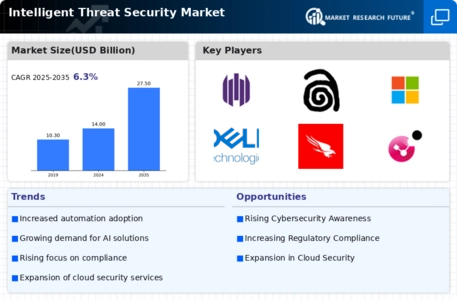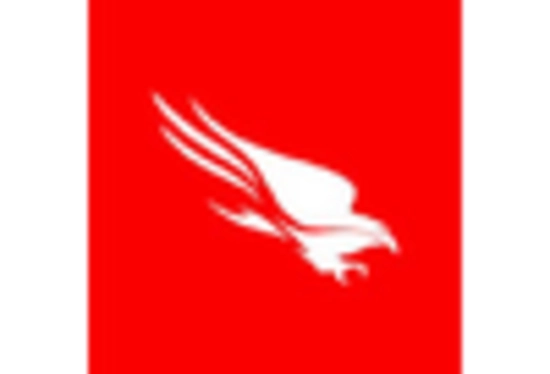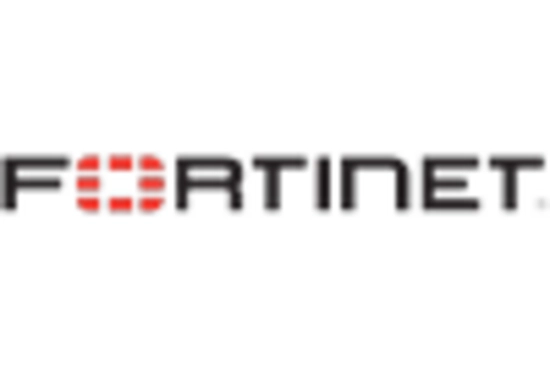Market Analysis
In-depth Analysis of Intelligent Threat Security Market Industry Landscape
As companies face more and more advanced cyber threats, the market dynamics of Intelligent Threat Security are being completely reformed. With the surge in cyber-attacks over recent years there has been growing demand for advanced security solutions, and this market for Intelligent Threat Security is set to expand rapidly.
One factor behind this explosive growth is the increasingly frequent and sophisticated nature of cyber threats that old-fashioned security measures cannot manage. With the changing terrain of cyber security risks facing businesses and governments, a perceptible move is under way towards intelligent threat security solutions that fully harness such leading-edge technologies as AI (artificial intelligence) and machine learning. These technologies make security systems capable of changes and learning in the wake of threats that arise, thus providing an active defense against hacker attacks. The need for such adaptive, intelligent security also creates a competitive market in which many vendors strive to develop the most robust and effective solutions.
In addition, the regulatory environment is crucial to defining market conditions for intelligent threat security. As governments around the world draw up increasingly strict data protection and cybersecurity regulations, organizations find themselves forced to invest in complicated security infrastructure. Under business compliance requirements businesses must deploy intelligent threat security solutions that protect sensitive information and keep their work in control with regulatory standards. This regulatory momentum pushes the market further along as organizations seek to avoid costly legal and financial liabilities. Moreover, the growing popularity of cloud computing and wide adoption of connected devices has enlarged the attack surface for cybercriminals. This situation has spawned a strong demand for intelligent threat security solutions that can smoothly integrate with the cloud and actively defend connected devices.
In response, the market is beginning to see a move toward all-inclusive security platforms that can not only detect threats but also respond in real time. This will create an entire ecosystem of knowledge and manpower able quickly counteract cyber damage. Established cybersecurity giants jostle for position with innovative start-ups in this changing Intelligent Threat Security market. a continuous cycle of research and development Since the potential for emerging threats is endless, it compels companies to invest huge sums in positional warfare. As a result, this dynamic has created an environment for the market where innovation is not merely competitive advantage but survival itself. Moreover, as organizations become more conscious of the possible damage that can be done by cyber-attacks, companies are now treating information security as a boardroom responsibility.

















Leave a Comment